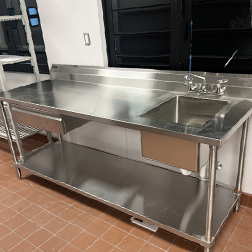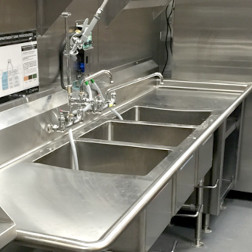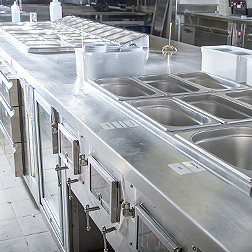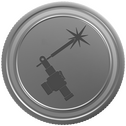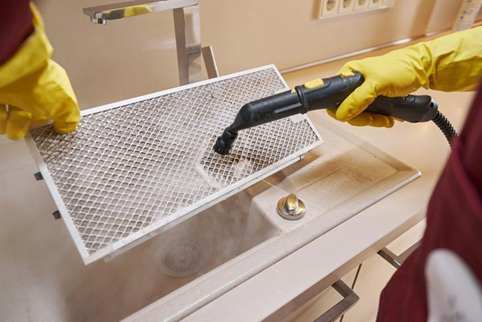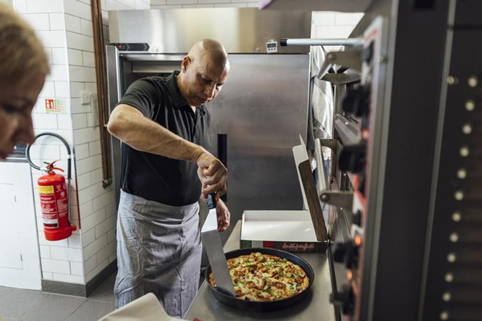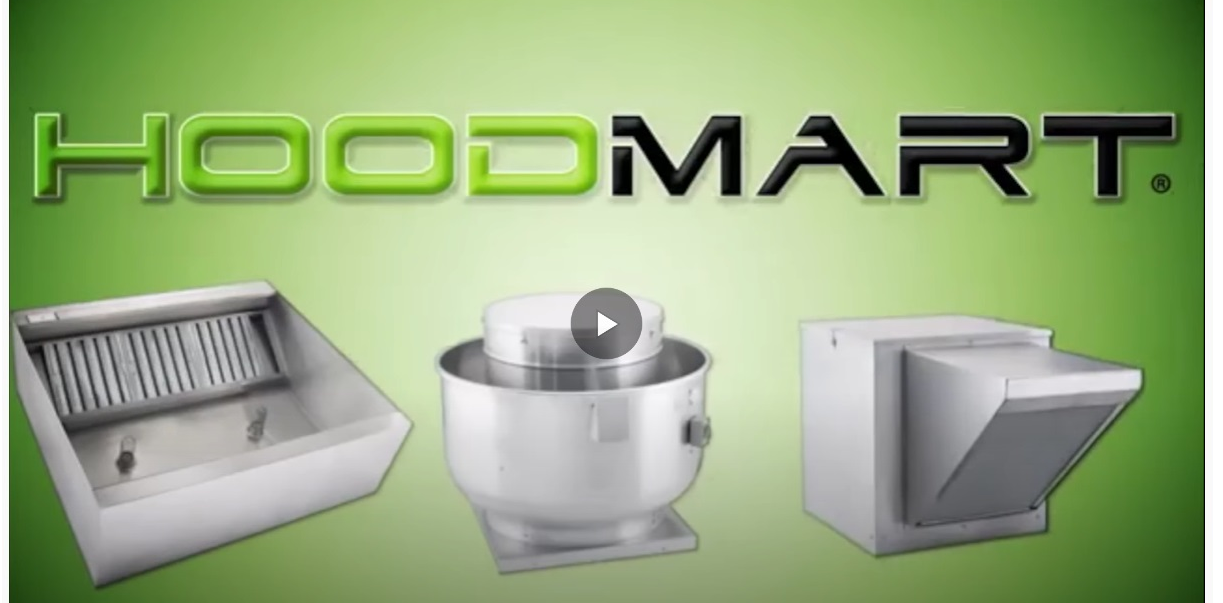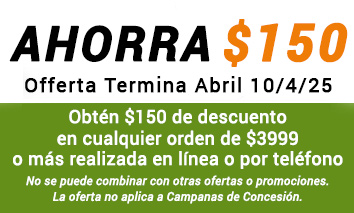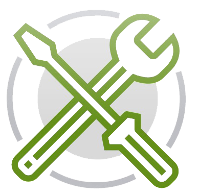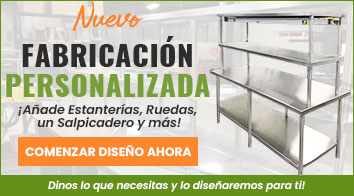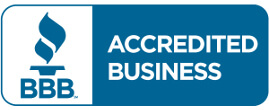We use cookies to help improve our services, make personal offers, and enhance your experience. If you do not accept optional cookies below, your experience may be affected. If you want to know more, please read the Aprende más.
HoodMart's Exhaust Hood Starter Guide
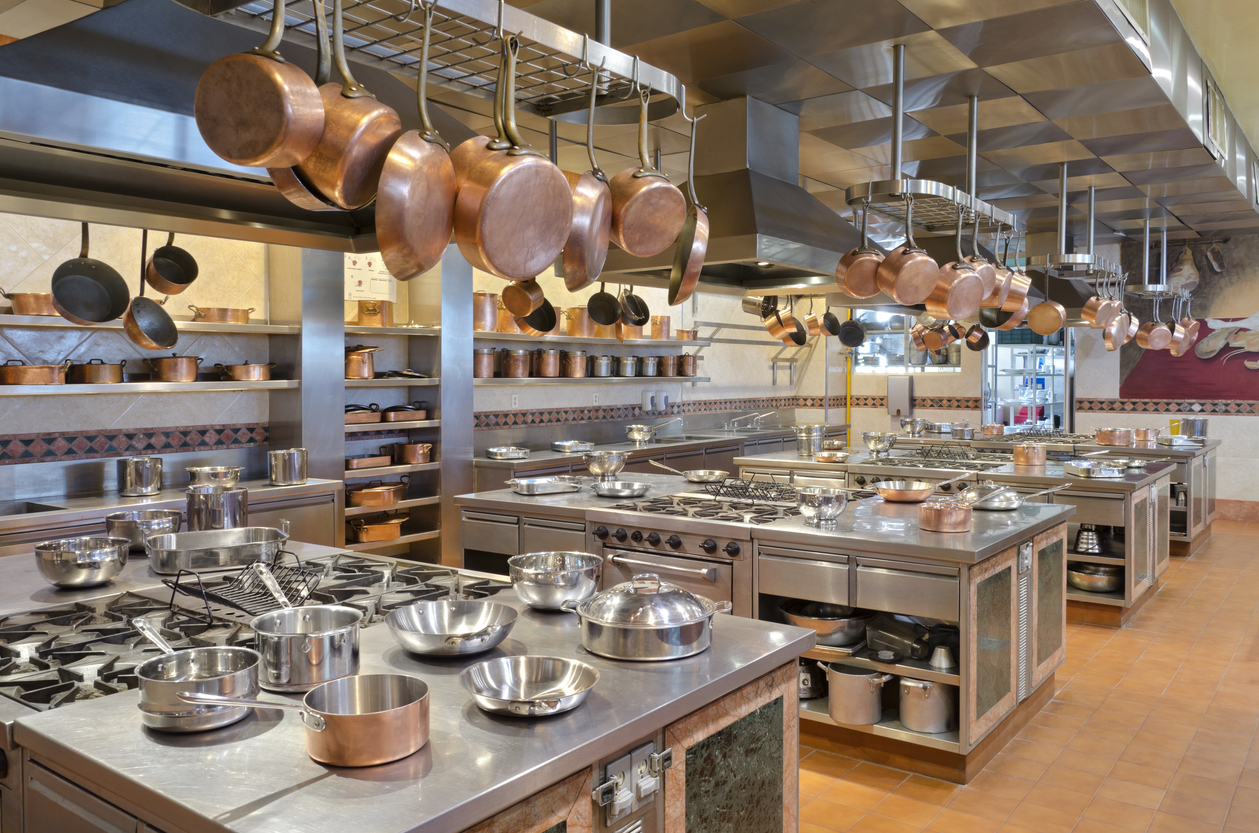
If you’ve ever worked in a commercial kitchen you know how crucial a proper exhaust hood system is to kitchen environment. Cooking in a commercial kitchen generates high levels of heat and air contaminants, and it is crucial to remove these elements from the air to keep the commercial kitchen in working condition. Improper exhaust hood systems pose a fire risk, are hygienically damaging, and could lead to a kitchen and restaurant being inhabitable if the problem gets bad enough. So, what is needed to get your kitchen exhaust system up and running?
First things first you will need a commercial kitchen hood. There are two types of hoods a TYPE 1 canopy hood and TYPE 2 designed to remove heat and steam. A Type 1 hood system is designed to be used with cooking appliances that create grease laden vapors and requires a fire suppression system. A Type 2 hood is used for non-grease producing appliances and equipment which expel heat and condensation. Each kitchen is unique; however, a general rule of thumb is if you’re cooking with grease choose a Type 1 hood, and if not use a Type 2 hood.
Once you have chosen the proper type of exhaust hood, you need to determine the correct size of hood and make sure it is paired with the correct exhaust fan based on the maximum cooking surface temperature of the cooking appliances under the hood. This is determine based on the amount of heat, smoke, and grease that your appliances are producing. For example, using a griddle produces more heat than working with fatty foods which produce more grease. This part of the process is often tricky and confusing, however our HoodMart support staff is more than happy to answer any questions you may have to determine your exhaust rate of your commercial kitchen.
Next up is to determine what hood design to go with. There are 3 general designs of hoods - Proximity hoods, Wall-Mounted Canopy Hoods, and Island Canopy Hoods. Proximity hoods are small and mounted close to the appliances, hence the name ‘proximity’. This style of hood is used for extremely low ceiling applications. Wall-mounted canopy hoods are mounted on the wall extend over the appliance to capture heat and grease laden vapors. Island canopy hoods hang directly above the appliances, usually if there is a station in the middle of the kitchen. The island style hood requires a more exhaust volume as all four sides are open.
Now that you have hood type, design, and exhaust rate you are ready to determine the size and height of the system. Generally, the exhaust system will overhang the cooking appliances at least 6 inches all the way around. This helps to ensure that all heat and grease is captured from the appliances and surrounding areas. Based on code the hood should be mounted so the bottom edge of the hood is mounted 78 to 80 inches above the finished floor. Additional mounting requirements may include the distance the cooking equipment is from the filter rack inside the hood. If you are unsure of size or height of the unit feel free to reach out to our HoodMart support staff as they can walk you through determining the ideal requirements for your commercial kitchen.
To keep up with properly balanced ventilation it is suggested to replace the air being removed from the kitchen with fresh air from outside, which is handled with a Make Up Air system. Depending on your location you may be required to use tempered Make Up Air. Commercial exhaust hood systems work by pulling out the heat, grease, and essentially air from the kitchen that air is must be replaced with fresh or tempered air. If you don’t replace the air that is being expelled, you create a negative air pressure in your kitchen. This will result in losing your heat and air-conditioned air through the hood system which results in uncomfortable working condition in the kitchen as well as odors and air purity issues.
So, in the end you need to determine 3 main factors - hood type, hood design, and exhaust rate. Every kitchen is unique so it’s best to work with a professional to determine what is the best exhaust hood solution for you. HoodMart provides our customers with a wide range of exhaust hood systems - from Compensating (Short Cycle) to Perforated Supply Plenum PSP - as well as all exhaust hood accessories such as hood filters, canopy hood lights, and curbs. If you still have questions regarding the purchase of your hood system, please feel free to contact one of our experts today by calling us at 1.800.715.1014 or by contacting us through our live chat system.



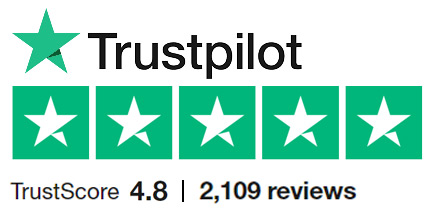


 CUSTOM FABRICATOR
CUSTOM FABRICATOR



